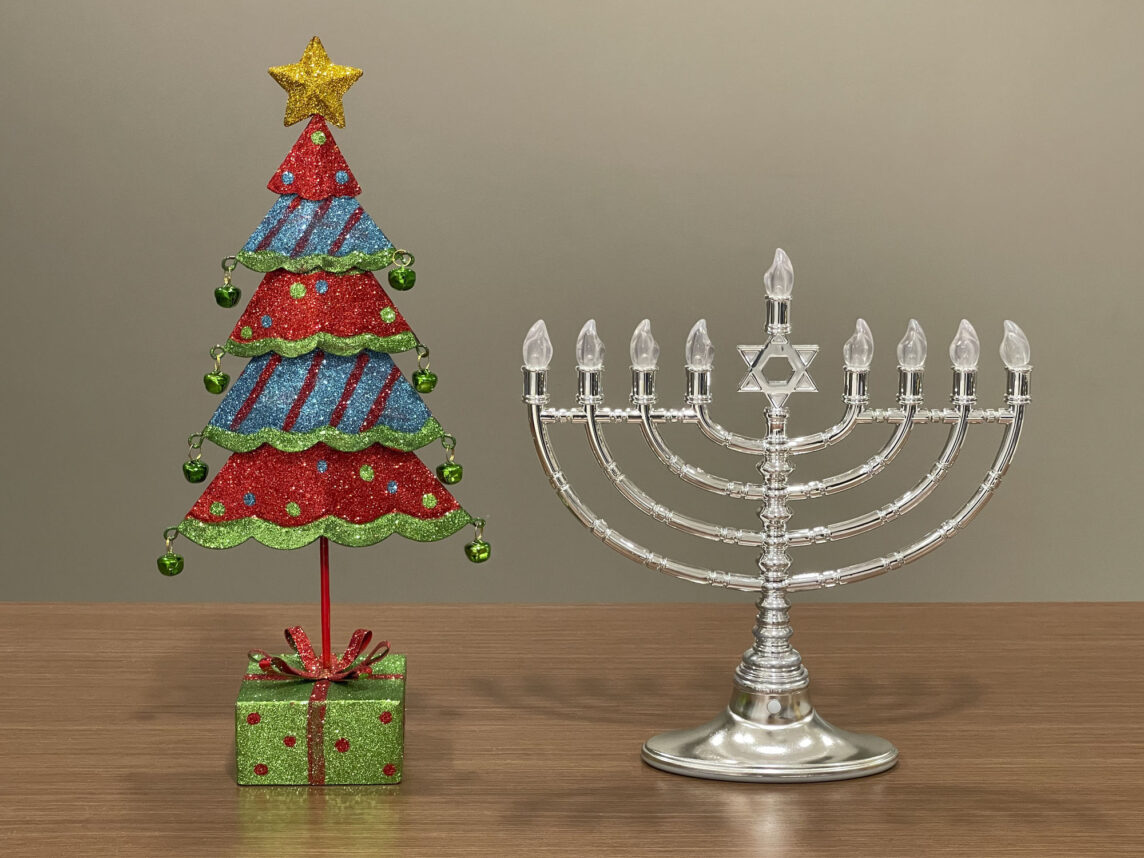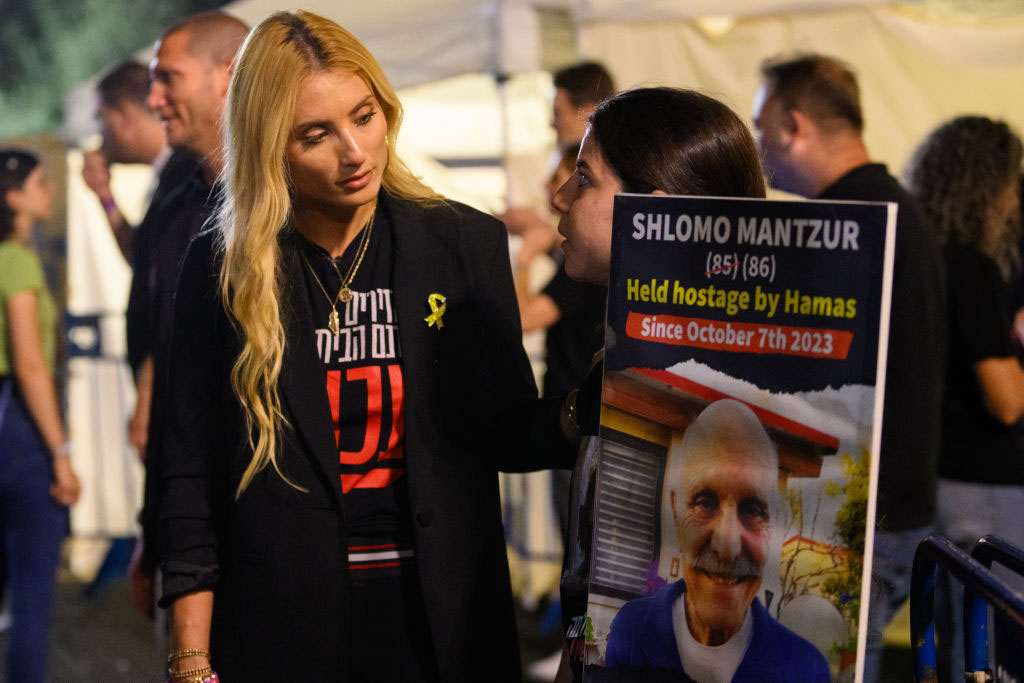
“Eid-eh shoma mobarak,” I said to my aunt over 30 years ago in Iran, wishing her a happy Persian New Year.
“Thank you, Tabby joon. Do you know what year it is?” she asked.
“No, auntie. What year is it?”
“It’s 1366.”
1366 sounded like a pretty big number, until HIAS brought my family to Italy as refugees, and my mother enrolled my sister and me in a Jewish day care program.
“Yeladim,” the rabbi asked us one day, “Who knows what year it is?”
Just as I was about to raise my hand, he said, “It’s 5745.”
I was astounded. 5745 sounded even bigger than 1366.
The following year, I sat in a first-grade classroom in a Beverly Hills public school and watched with rapt attention as the teacher wrote a number on the chalkboard.
“Kids, when you come back from winter break, do you know what year it’ll be?”
Thank goodness she didn’t look to me for an answer. I’d already embarrassed myself enough those first few months at my new American school, especially given that I was learning English mostly from the TV show “The A-Team” and responding to the teacher’s questions with quotes from Mr. T. I wanted to blurt out “5745,” but I didn’t need another clueless notch on my acculturation belt.
I began to dig deeper and welcomed the constant renewal as a great blessing to maintain a self-audit every three months.
The teacher proceeded to write 1990 on the board, handed out some candy canes and dismissed the class.
That night at our family dinner table, I was more confused than ever.
“Mom, do the Americans have their own year coming up soon?” I asked.
My mother thought and responded, “I think that’s the day Jesus became a rabbi.”
“No, no, no,” interjected my father, who, in the mid-1970s, went to college in the U.S. “That’s the day he was born, I think.”
As we later learned, Christmas marked the celebration of Jesus’ birth, and no one in our family is still quite sure when he was rabbinically ordained.
So began the charm of identity confusion as an Iranian American Jew: a new year in the fall (Rosh Hashanah), a new year in the winter (per the Gregorian calendar), and finally, another new year in the spring (Persian New Year/the spring equinox).
As a child, it was all fun and frivolous, until I grew up and faced not one, but three annual backbreaking attempts at new years’ resolutions. That’s a lot of renewed and canceled gym memberships.
Eventually, I began to dig deeper and welcomed the constant renewal as a great blessing to maintain a self-audit every three months or so, as a compassionate way to ask myself with truth and accountability, How am I doing?
Most people look toward Jan. 1 as the somber day when “all the fun stops” and the resolutions begin, but if I’ve learned anything as a Jew, it’s that you can’t resolve any past unethical behavior until you access recognition, remorse and commitment to do better. This, in essence, is teshuvah, and it’s at the heart of Rosh Hashanah.
It’s primarily because I’m one of those sadists who loves a good self-audit that I revel in having three new years. In the fall, I look deeply for the roots to my emotional and physical drawbacks and identify ways to strengthen them. In the winter, I check to see how I’m doing.
There’s no guilt. Only compassion. But I won’t lie. The January assessment often involves a bathroom scale.
Finally, in the spring, I recommit myself to areas that still need work, understanding that the seeds to my growth simply may have been dormant that winter and waiting to sprout.
I think it’s an excellent, compassionate and above all, sustainable system in an age of trendy, vapid self-care and “self-renewal” gimmicks. You don’t have to be Persian or Jewish to give yourself not one, but three annual opportunities to live up to your soul’s highest potential.
It’s not as hard as it seems, especially not compared with the bane of my existence: Mother’s Day, which has its own version in the Persian calendar, only with twice the guilt.
Tabby Refael is a Los Angeles-based writer and speaker.






















 More news and opinions than at a Shabbat dinner, right in your inbox.
More news and opinions than at a Shabbat dinner, right in your inbox.